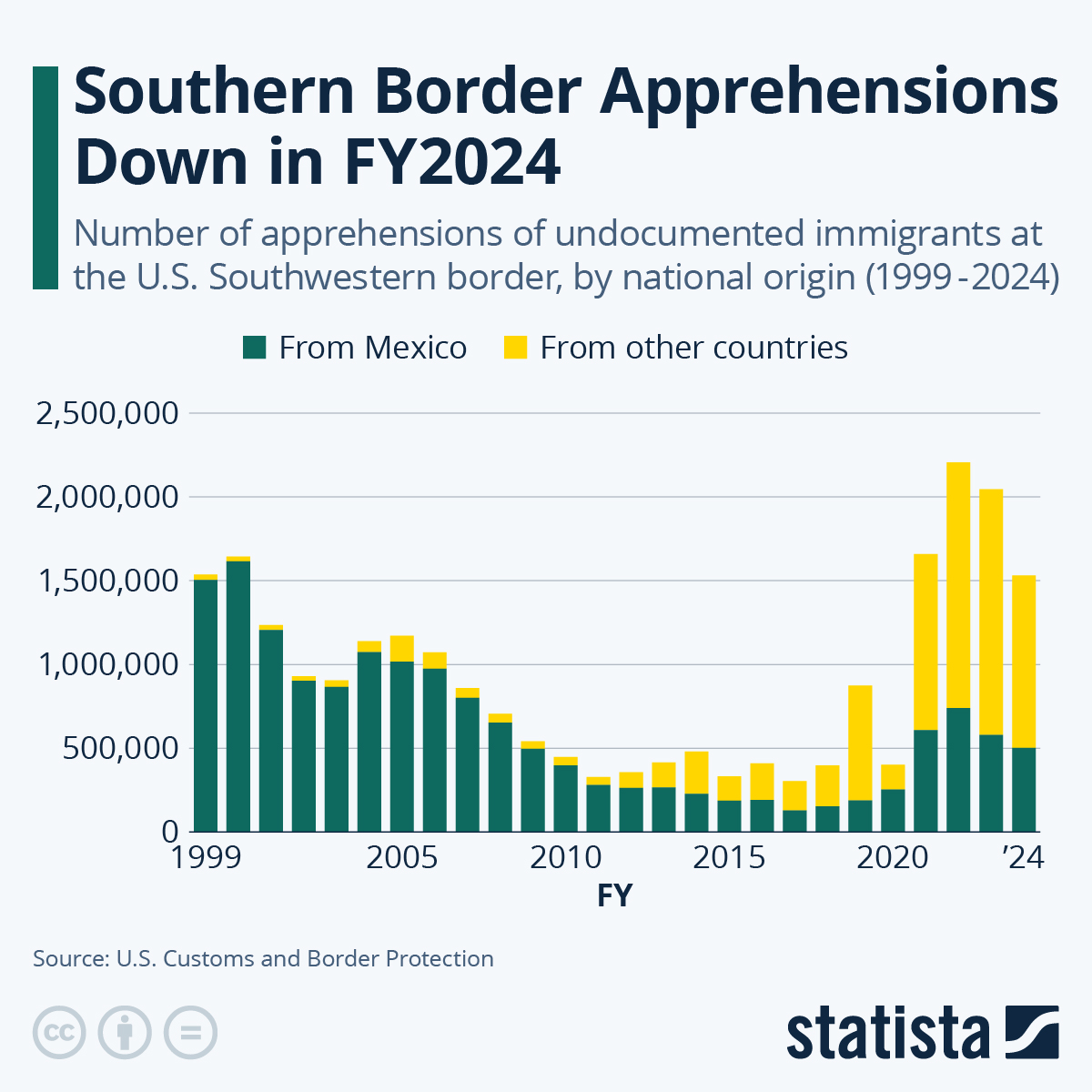Unit2Sucks said:
dajo9 said:
GDP grew 3.3% in Q4 vs. a Wall Street "expert" estimate of 2.0%. Fact is, they hate President Biden who is doing a great job. They see everything through dim glasses. First the media swarmed us with headlines that it would be a disappointing Christmas season. That failed to happen. Then they still vastly underestimated the economy through all of Q4. It's Morning in America.
https://www.cnbc.com/2024/01/25/gdp-q4-2023-the-us-economy-grew-at-a-3point3percent-pace-in-the-fourth-quarter.html#:~:text=Gross%20domestic%20product%2C%20a%20measure,three%20months%20of%20the%20year.
A key point is that PCE remained at 2% (the Fed's target inflation) for the second straight quarter (compared to 5% in Q1 of last year and 3% in Q2).
It's looking more and more likely that the much hoped for soft landing has happened. We will know more about inflation tomorrow when detailed inflation data is released.
These numbers definitely reflect good economic conditions. As I mentioned PMI is positive now, indicating more spending on manufacturing and supply chain. Industrial and short cycle markets are seeing strength.
Do the debt levels and lower savings concern you with most of the GDP growth coming from increased debt? I think we will need employee productivity increase and not just debt to maintain GDP growth. Maybe from AI although it seems more talk than actual implementation in broader market.
What is your sense of a bit of caution on growth levels on revenue guidance this earnings season? Just a bit of under-promise and over-deliver with still some uncertainty in macroeconomic? There is definitely a lot of hedge built into initial guides from my sense.
Also, I think this will make it harder for the Fed to lower rates aggressively this year. If the economy is still growing at that rate, I don't think they would be inclined to lower rates to supercharge the growth. If you look at interest expense component of forecast from companies with some leverage, they are not building in a lot decrease in borrowing costs in their forecast, which I think is the right way to think about it with so much uncertainty in interest rate movement.
If I had to identify some risks, I would say mainly geopolitical, with global companies facing some headwind in China with slower growth and nationalistic policies, EU with higher energy costs still impacting economy, pricing power ceiling by corporations and small businesses who collectively employee significant population (although government may face some budget issues as well) seeking more cost savings to maintain margin to the extent volume does not make up for pricing component of revenue growth, and uncertainty and wait and see approach on capital allocation during an election year. From capital finance perspective, I am still seeing volatility on commercial paper and retail loans and more demand for EU denominated financing in the EU market than dollar denominated financing in the US market, putting some pressure on debt financed investments. But consumers still carrying the economy as usual, with only the high debt level and low savings putting pressure on future trends from consumers. But coming back down to historical rate of inflation should help.

Insight/2024/01.2024/01.16.2024_Earnings%20Insight/01-s%26p-500-earnings-growth-end-of-quarter-estimate-versus-actual.png?width=1344&height=768&name=01-s%26p-500-earnings-growth-end-of-quarter-estimate-versus-actual.png)
Insight/2024/01.2024/01.16.2024_Earnings%20Insight/02-s%26p-500-earnings-suprise-percent-5-year.png?width=1344&height=768&name=02-s%26p-500-earnings-suprise-percent-5-year.png)



